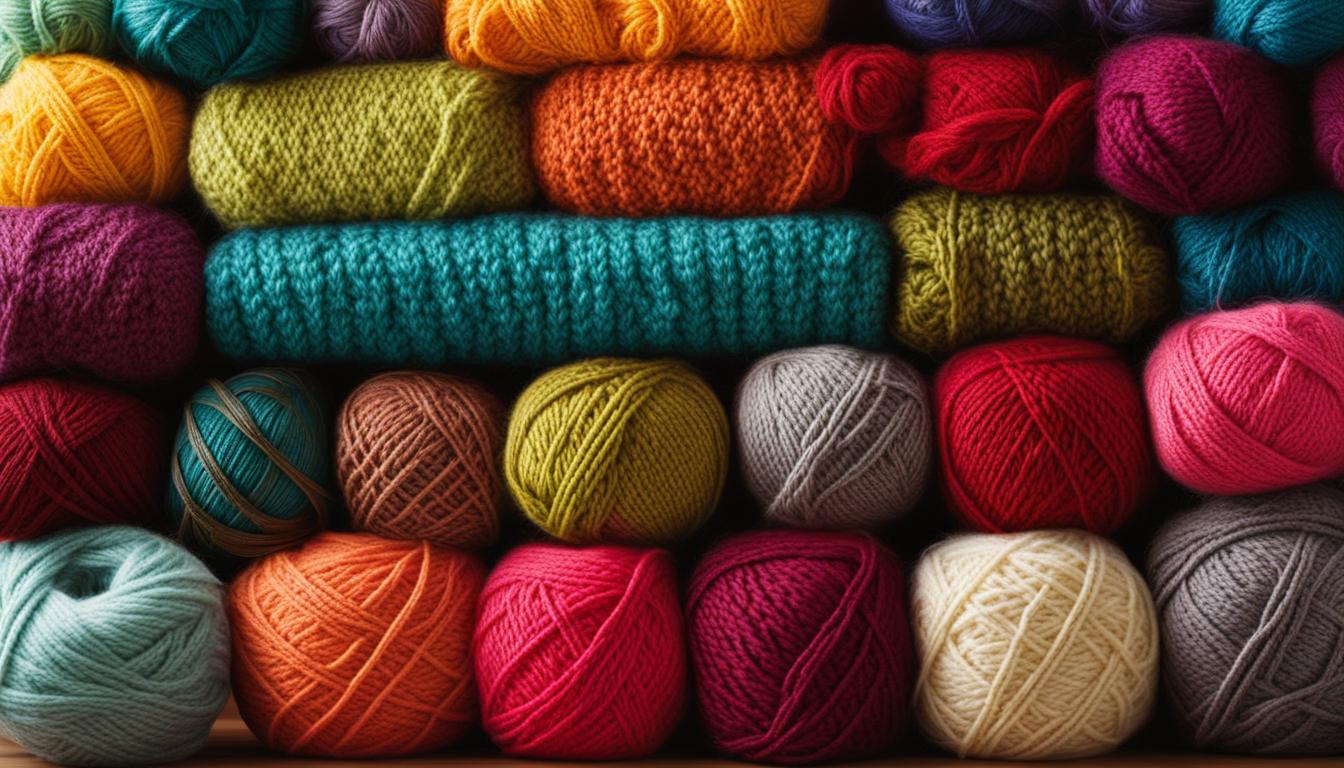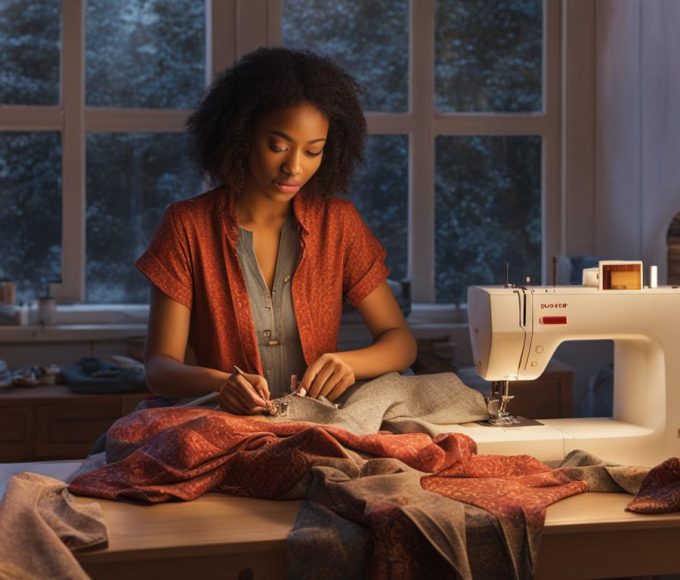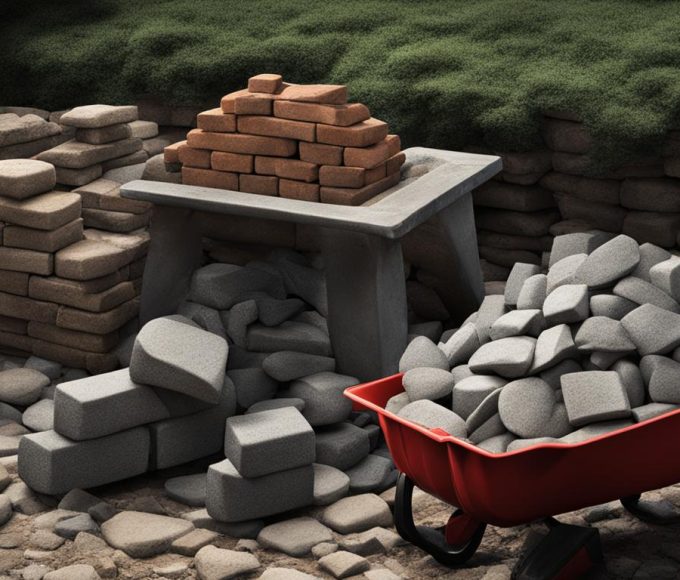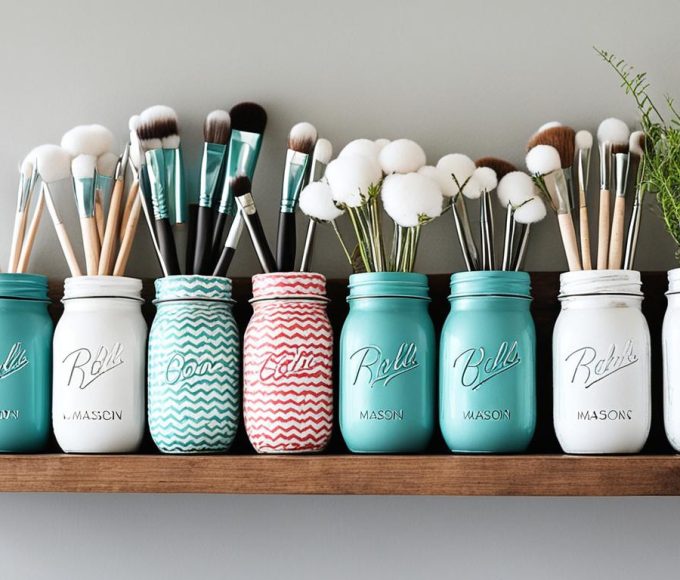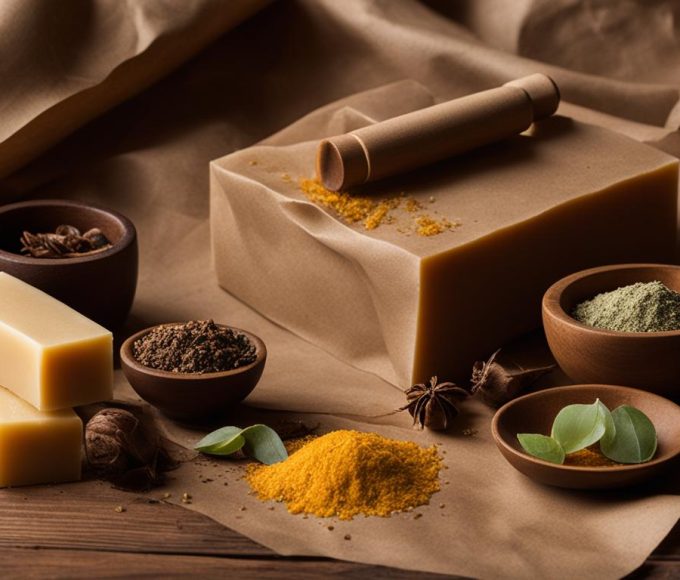If you’re new to the world of knitting, you may feel a bit overwhelmed. There are many different types of yarns, knitting needles, and techniques to learn. But don’t worry! With a bit of practice, you’ll soon be on your way to creating beautiful handmade items.
In this section, we’ll introduce you to some basic knitting stitches and patterns that are perfect for beginners. You’ll learn essential techniques like the knit stitch and purl stitch, as well as how to read knitting patterns. Whether you’re looking to refresh your skills or just starting out, these fundamental techniques will set you on the right path to becoming a confident knitter.
By the end of this section, you’ll have a good understanding of the basic knitting stitches and patterns, and be ready to move on to more advanced techniques. So, let’s get started!
First things first, let’s take a look at the essential tools you’ll need to get started with knitting.
Getting Started with Knitting
If you’re new to knitting, it can be overwhelming to know where to start. But don’t worry, with a few basic supplies and easy knitting stitches, you’ll be on your way to creating your first project in no time.
Supplies You’ll Need
The first step in getting started with knitting is to gather your supplies. You’ll need:
- Knitting Needles – Choose a pair of straight knitting needles in a size suitable for beginner projects.
- Yarn – Select yarn that is labeled as “worsted weight” or “medium weight”, as it is easier to work with when starting out.
- Scissors – A pair of scissors will be necessary to cut your yarn.
- Tapestry Needle – A tapestry needle is used to weave in your ends at the end of your project.
Cast On and Knit Stitch
Once you have your supplies ready, it’s time to learn how to cast on and create a basic knit stitch. Casting on is the process of creating your first row of stitches on the needle and is an essential skill to know. Once you have cast on, you can begin knitting your first row.
The knit stitch is the most basic of all stitches and is the foundation of many other stitches. It’s a stitch that creates a smooth, V-shaped pattern on your fabric. To create a knit stitch:
- Insert your right-hand needle into the first stitch on your left-hand needle from front to back.
- Wrap your yarn counterclockwise around your right-hand needle.
- Pull your right-hand needle and the wrapped yarn through the first stitch on your left-hand needle, creating a new stitch on your right-hand needle.
- Slide the old stitch off your left-hand needle and continue knitting into each stitch across the row.
Easy Beginner Projects
Now that you have learned how to cast on and create a basic knit stitch, it’s time to start your first project. Easy knitting stitches make great beginner projects, such as a simple garter stitch scarf or a dishcloth. These projects will allow you to practice your knitting and build confidence in your skills.
Once you have completed a few beginner projects, you can move on to more complex patterns and stitches. Before you know it, you’ll be knitting everything from sweaters to hats to blankets.
Mastering Basic Knitting Stitches
Now that you have familiarized yourself with the basics of knitting, it’s time to dive deeper into the world of stitches. In this section, we’ll explore essential stitches such as the purl stitch, stockinette stitch, garter stitch, and rib stitch. You’ll learn how to create these stitches step-by-step and understand their unique characteristics.
The purl stitch is the second fundamental stitch in knitting after the knit stitch. It creates a bumpy texture that’s great for adding contrast to your projects. To create a purl stitch, insert your right needle into the front of the stitch on your left needle, bringing the yarn under and over the right needle, and then pulling the new stitch off the left needle.
The stockinette stitch is one of the most basic and versatile knitting stitches. It’s created by alternating knit rows and purl rows. The knit rows face the right side of the work while the purl rows face the wrong side. This stitch produces a smooth, flat fabric that’s perfect for a variety of projects.
The garter stitch is another basic knitting stitch that’s easy to learn and perfect for beginners. It’s created by knitting every row, resulting in a squishy, ridged texture. This stitch is often used for scarves and blankets.
The rib stitch is a versatile stitch that creates a stretchy, reversible fabric. It’s perfect for creating cuffs, collars, and other textured elements in your knitting projects. The most common rib stitch is the knit one, purl one (K1, P1) pattern, but there are many variations you can try.
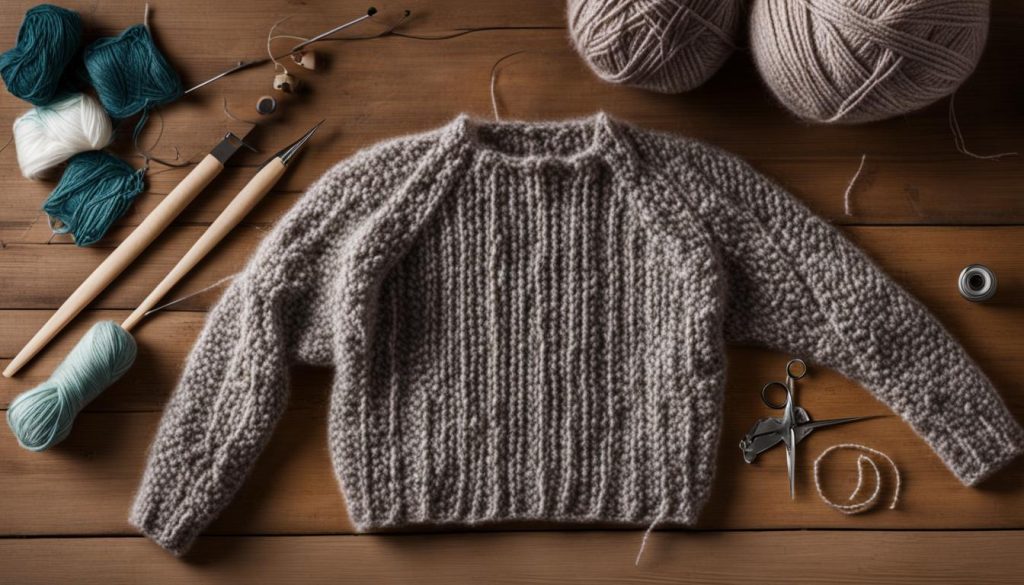
Adding Buttons and Other Embellishments
If your project involves buttons, zippers, or other embellishments, be sure to add them carefully and securely. Use a sewing needle and thread to attach buttons, or a sewing machine to add zippers. Be sure to double-check the placement of your buttons or other embellishments before attaching them, so that they’re even and symmetrical.
By incorporating these basic finishing techniques and blocking tips into your knitting projects, you’ll be able to create beautiful, professional-looking finished products. Remember to take your time and pay attention to the details, and you’ll be sure to impress with your knitting skills!
Expanding Your Knitting Skills
Congratulations, you’ve mastered the basic knitting stitches and patterns! Now, it’s time to expand your skills and take on more advanced techniques. Colorwork, intarsia, and fair isle knitting are just a few examples of the exciting new techniques you can tackle.
Colorwork involves using multiple colors of yarn to create intricate patterns and designs. Fair isle knitting, a type of colorwork, typically involves using two colors of yarn to create a repeating pattern. Intarsia, on the other hand, involves using different colors of yarn to create large blocks of color within a piece of knitting.
While these techniques may seem intimidating at first, don’t be discouraged. With practice, you’ll be able to take on more complex projects and create even more beautiful pieces. There are plenty of resources available online, such as video tutorials and online classes, that can help you master these techniques.
Don’t be afraid to experiment with different techniques and designs. Mix and match colors and patterns to create a unique piece that reflects your personal style. Remember, knitting is a form of self-expression, and the possibilities are endless.
As you continue to expand your knitting skills, you may want to consider investing in higher-quality materials and tools. This can make a significant difference in the quality of your finished projects. Don’t hesitate to ask for recommendations from fellow knitters or your local yarn store.
Most importantly, have fun and enjoy the process of learning and creating. Knitting can be a relaxing and rewarding hobby, and by expanding your skills, you can take your knitting to new heights.
Finding Inspiration and Next Steps
Congratulations! You’ve made it through the world of basic knitting stitches and patterns. Now that you’re comfortable with the fundamentals, it’s time to explore new techniques and find inspiration for your next project.
Online Communities
One of the best ways to stay motivated and connected with other knitters is by joining online communities. Platforms such as Ravelry, Knitting Paradise, and LoveKnitting offer a wealth of resources, including patterns, forums, and groups where you can connect with other knitters. These platforms are perfect for beginners who are looking for inspiration and support in their knitting journey.
Knitting Books
Another great resource for finding inspiration is knitting books. There are countless books available on knitting, covering everything from basic stitches and patterns to advanced techniques. Some popular titles for beginners include “Stitch ‘n Bitch: The Knitter’s Handbook” by Debbie Stoller and “The Knitter’s Book of Knowledge” by Debbie Bliss. These books provide step-by-step instructions and patterns that will help you take your knitting to the next level.
Workshops
If you prefer a more hands-on approach, consider attending a knitting workshop. Many yarn stores and community centers offer classes and workshops for beginners. These workshops allow you to learn new techniques and connect with other knitters in person. You’ll also have the opportunity to receive personalized instruction and ask questions as you learn.
Choosing Your Next Project
The possibilities are endless when it comes to choosing your next knitting project. Consider selecting a pattern that incorporates the techniques you’ve learned in your knitting journey so far. You could also choose a project that challenges you to learn new skills, such as fair isle knitting or lace knitting. Remember to start with smaller projects that you can finish quickly before moving on to more complex patterns.
By continuing to practice and explore new techniques, you’ll become a confident and skilled knitter in no time. Keep your creativity flowing and have fun with your knitting projects!

